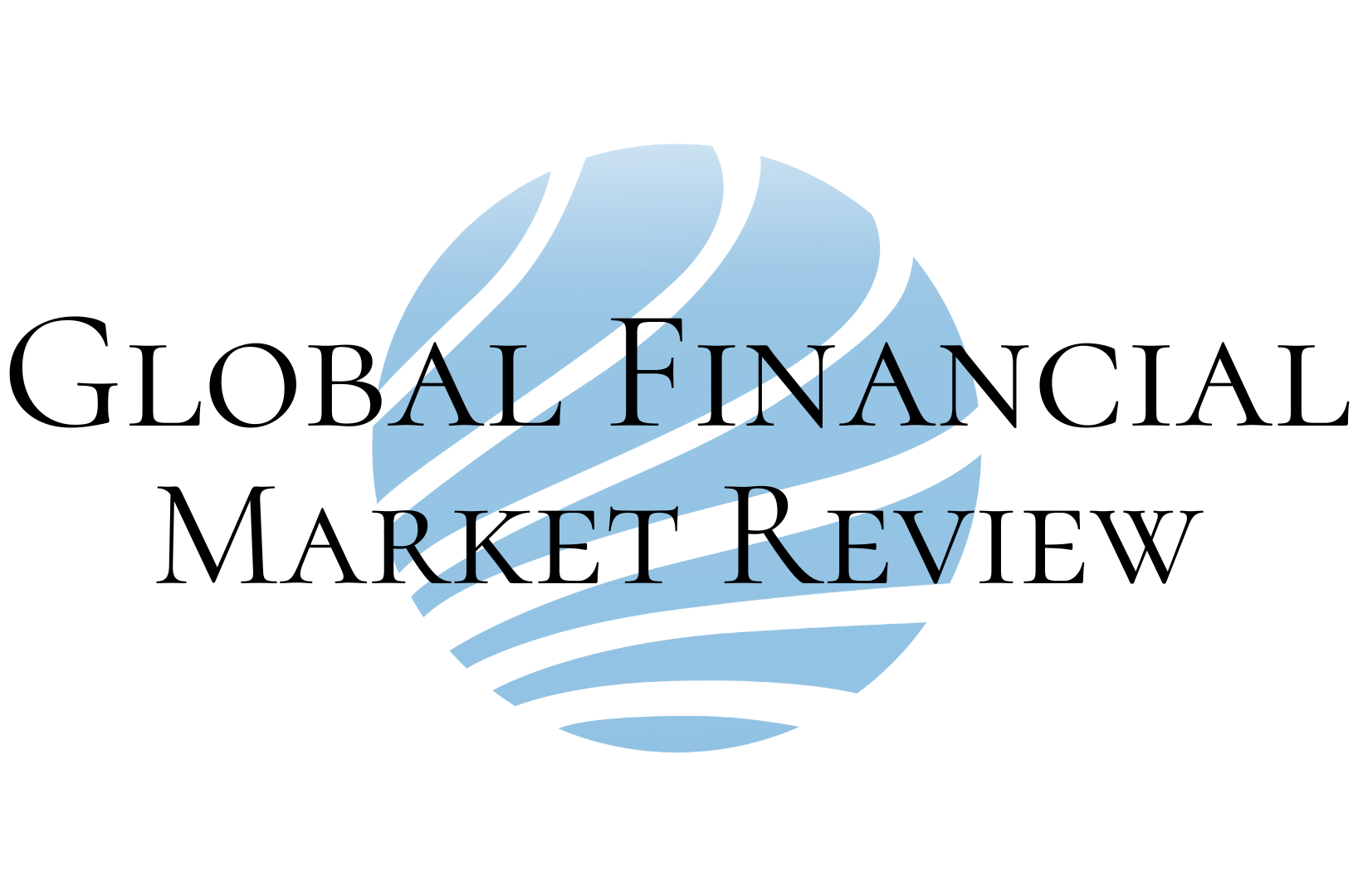Government Backs Offshore LNG Terminal Proposal

"); jQuery("#212 h3").html("

"); });
2019-04-12 HKT 16:46
The government announced on Friday that it intends to allow CLP Power and Hong Kong Electric to build a floating liquefied natural gas terminal to be built in waters near the Soko Islands, south of Lantau.
The power firms have been lobbying for government approval for years, saying they need an alternative to existing pipelines that bring in natural gas from the mainland.
Tankers carrying liquefied natural gas (LNG) would be able to dock at a jetty at the new offshore terminal, and the fuel would then be sent to the Black Point Power Station and Lamma Power Station through subsea pipelines.
CLP has said the terminal would give them access to cleaner supplies of natural gas, as well as diversify their sources of gas to reduce risk and enhance its bargaining position.
The government said work on the project is scheduled to start later this year, and be completed by 2021. Those opposed to the project have two months to send in written objections.
The green group WWF-Hong Kong has raised concerns about the possible impact of the project on marine life, including Chinese white dolphins and finless porpoises.
A project officer with the group, Doris Woo, said the piling work could interfere with the mammals’ use of sonar, which they depend upon for communication and socialising.
The group's head of conservation policy, Suzanne Cheung, said the Soko Islands are an important habitat for both Chinese white dolphins and finless porpoises, and the terminal would be less than 100 metres away from a proposed marine park.
Last September, CLP Power said its own assessment suggests the impact on the mammals would be moderate, and could be effectively alleviated by its proposed mitigation measures.
It said it wouldn't conduct piling works from December to May, which are peak seasons of finless porpoise activity, or during night time. Construction work would also stop if any finless porpoises are sighted within 500 metres of the construction location, and there will also be mitigation measures to reduce the noise made.
Is Hong Kongs Default Life Insurance Choice A Wealth Drain?
Hong Kong is a city that takes financial security seriously, boasting one of the highest insurance penetration rates in... Read more
RedotPay Secures $107M Series B, Total Funding Hits $194M
RedotPay, a global stablecoin-based payment fintech, has closed a US$107 million Series B round, bringing its total cap... Read more
91% Of Hong Kong Merchants Lose Revenue To Payment Friction
Aspire has released its Hong Kong Ecommerce Pulse Check 2025, highlighting that while mid-sized ecommerce merchants rem... Read more
Do Kwon Faces Possible Trial In Korea After US Conviction
Do Kwon, the crypto tycoon behind the 2022 collapse of TerraUSD and Luna, caused an estimated US$40 billion in investor... Read more
Startale, SBI Holdings To Develop Japans Regulated Yen Stablecoin
Startale Group and SBI Holdings have signed a MoU to jointly develop and launch a fully regulated Japanese yen-denomina... Read more
KakaoBank Expands In Indonesia Through Superbank Partnership
KakaoBank, South Korea’s largest internet-only bank, is accelerating its global expansion through a deepened partners... Read more


